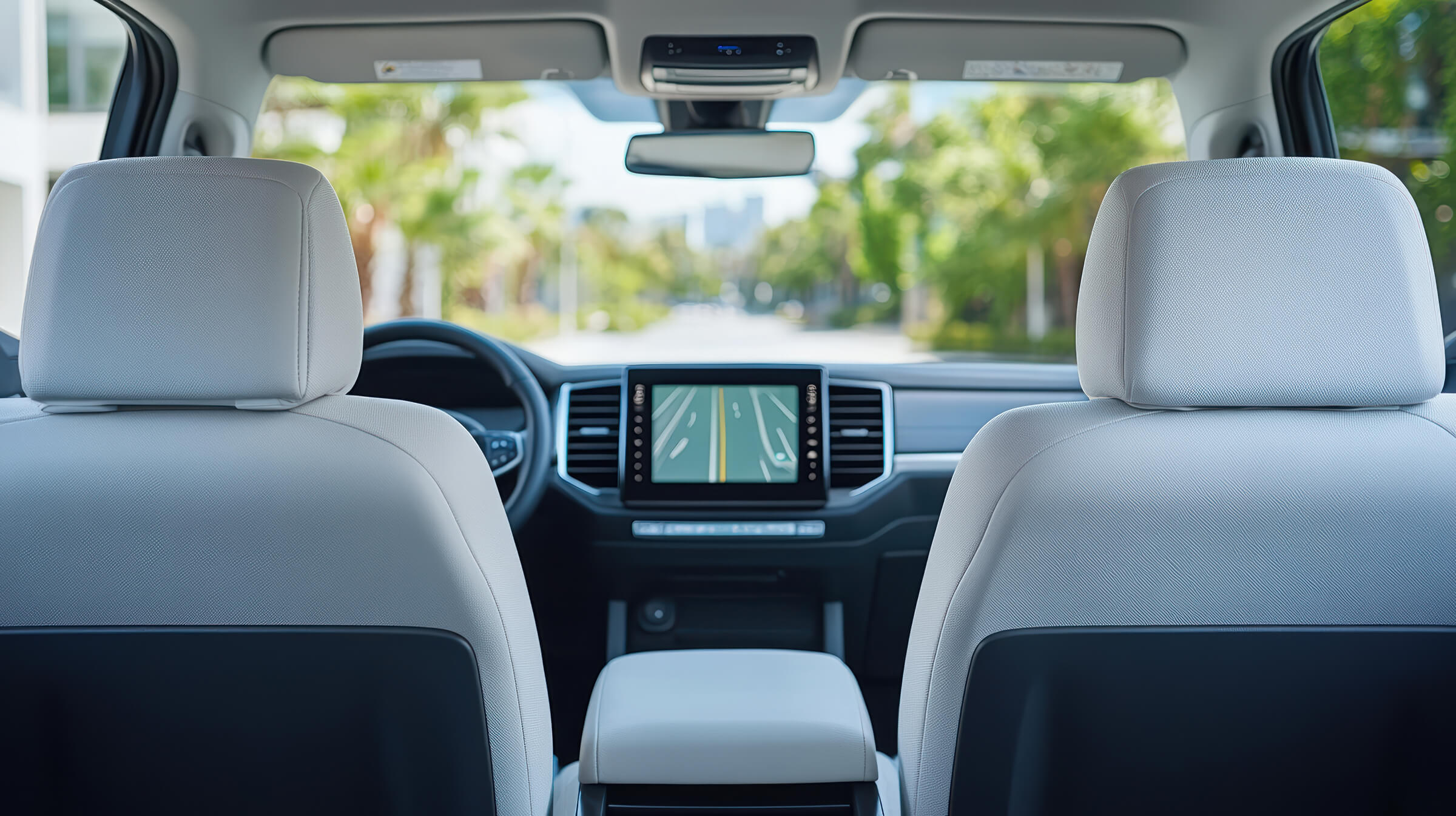
What Happens to Your Insurance If You Drive for a Rideshare? (What to Know Before You Sign Up)

by Erin Anderson
If you've ever thought about signing up with Uber, Lyft, or another rideshare service to make extra money, you're not alone. It's flexible, on-demand work that fits around your schedule — but before you hit the road, there's one detail you shouldn't overlook: your car insurance.
Driving for a rideshare company changes your risk profile, and that can affect whether you're covered in an accident — and how much you'll pay for insurance overall. Here's what to know before you accept your first ride.
Your Personal Policy Doesn't Fully Cover You
Most personal auto insurance policies are designed for private, not commercial, use. That means when you're driving for a rideshare — even if there's no passenger in the car yet — you could be in a coverage gap.
Here's how insurance usually breaks down during a rideshare shift:
- Period 0: You're off the app — your personal insurance applies.
- Period 1: You're logged in, waiting for a request — you may not be covered by your personal policy, and rideshare company coverage is often limited.
- Periods 2 and 3: You've accepted a ride or have a passenger — most major rideshare companies offer liability coverage during this time, but it may not include damage to your own car unless you carry certain types of coverage.
If you're in an accident during one of those middle "in-between" periods, and you haven't adjusted your policy, you could be stuck with the bill.
You May Need Rideshare Endorsement Coverage
To stay protected, many insurers now offer rideshare endorsements — optional add-ons to your personal policy that extend coverage into those gray areas when you're working. These endorsements are generally affordable (often $10–$30/month) and ensure a smoother claims process if something goes wrong.
Not all companies offer this type of coverage, though, and requirements can vary by state. It's worth checking with your insurer before you sign up for any driving platform.
Company Coverage Isn't Always Enough
It's true that Uber and Lyft both provide some level of insurance while you're on the clock. But their liability-only policies often have high deductibles — sometimes $1,000 or more — and limited protections if your vehicle is damaged and you're at fault.
Even if you're not required to carry additional coverage, having a comprehensive policy or collision coverage can make a big difference when it comes to repair costs, downtime, and peace of mind.
Your Premium Might Go Up — or Down
Some insurers consider rideshare driving higher risk, which means your premium could increase, especially if you rack up mileage quickly. But that's not always the case.
Adding a rideshare endorsement proactively might help keep rates reasonable — and being transparent about your use can also prevent issues if you need to file a claim.
The Bottom Line
Rideshare apps make it easy to earn extra cash, but insurance isn't always as straightforward. Before you sign up, take a close look at your current auto policy and talk to your insurer about rideshare-specific coverage options.
A small monthly upgrade now could save you thousands later — and make sure you're protected every mile of the way.